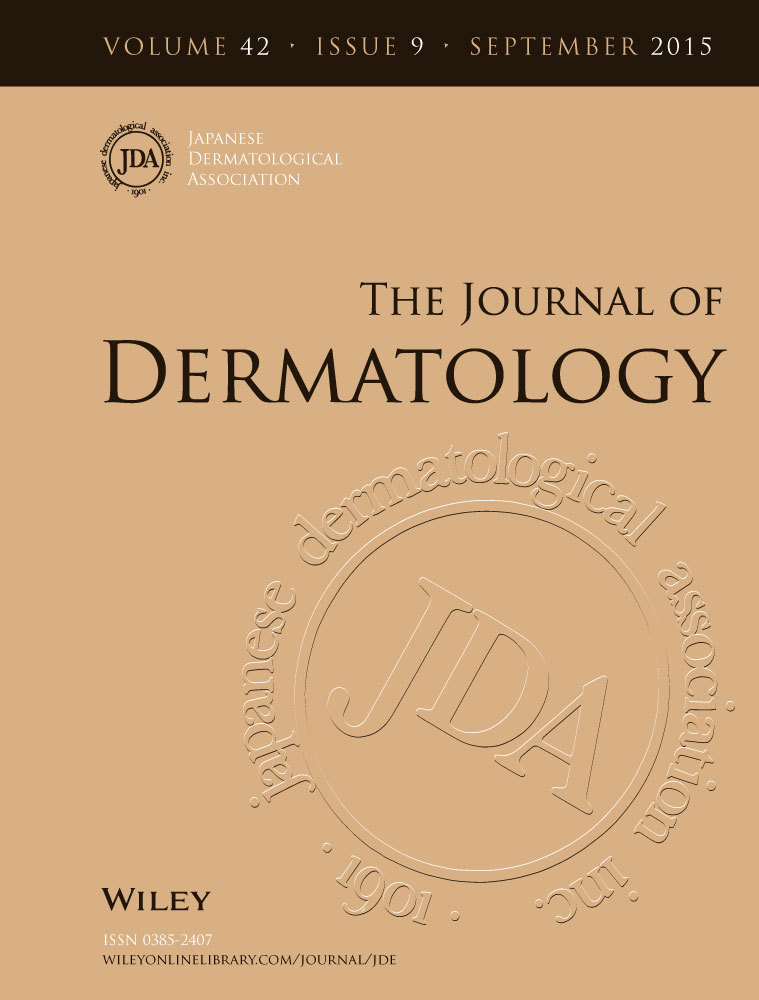Application of electron microscopic analysis and fluorescent in situ hybridization technique for the successful diagnosis of extraskeletal Ewing's sarcoma
Abstract
The diagnosis of soft tissue tumors is often challenging. Immunohistochemical investigation, let alone routine histopathological investigation, may not allow definitive diagnosis in some cases. To overcome such difficulties, more advanced techniques need to be adopted. Herein, we report an extremely rare 56-year-old Japanese female case of extraskeletal Ewing's sarcoma (ES), successfully diagnosed by electron microscopy (EM) using formalin-fixed sections and fluorescence in situ hybridization (FISH). The patient had a 2-year history of a tumor growing on the leg. In routine histopathology, invasive proliferation of tumor cells was observed in the dermis. Tumor cells were round and uniform with large hyperchromatic nuclei, which were positively stained for CD56, VS38c, Ki-67, MIC2 and vimentin, but not for pan-keratin AE1 + AE3, cytokeratin 20, chromogranin A, synaptophysin and neuron-specific enolase. As these findings were not conclusive to make the final diagnosis, EM specimens were prepared from formalin-fixed sections and subjected to investigation. Cell surface projections and dense core granules were detected, suggestive of either Merkel cell carcinoma or extraskeletal ES. Subsequent FISH analysis identified reciprocal translocation of the ESWR1 gene, enabling the final diagnosis of extraskeletal ES. This study provides useful information enabling the diagnosis of this uncommon soft tissue tumor.




